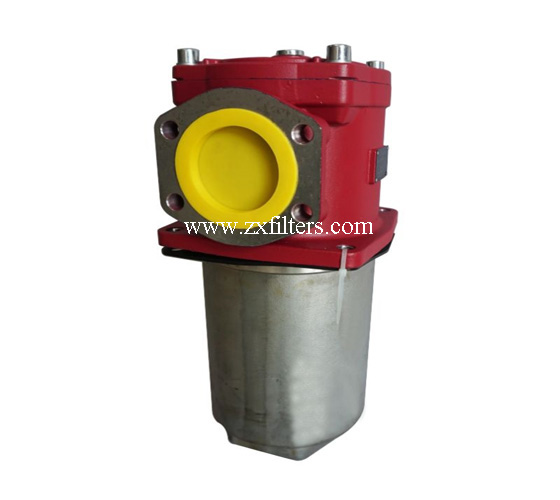Welcome to visit Xinxiang Zhongxin Hydraulic Technology Co., Ltd. !
- Phone:0086-158 3617 7527
- Email:[email protected]
Welcome to visit Xinxiang Zhongxin Hydraulic Technology Co., Ltd. !
Filter oil leakage may be caused by various reasons. The following are the common causes and corresponding analyses:
1. The seal is damaged or aged
Aging of sealing rings/gaskets: After long-term use, the sealing material becomes hard, cracks or loses elasticity, resulting in poor sealing.
Improper installation: The sealing ring is not installed correctly (such as twisted or misaligned) or the fastening bolts are not tightened evenly.
Material mismatch: The seal is incompatible with the chemical properties of the oil (such as insufficient oil resistance), leading to expansion or corrosion.
2. The filter housing is damaged
Mechanical damage: Cracks in the shell caused by bumps or excessive tightening during installation or maintenance.
Pressure shock: A sudden increase in system pressure (such as hydraulic shock) that exceeds the shell's pressure-bearing limit.
Manufacturing defects: Welding/casting defects of the shell (such as sand holes, gas holes) leak under high pressure.
3. Filter element issues
Filter element blockage: Long-term failure to replace leads to excessive pressure difference, deformation or rupture of the filter element, and oil leakage from the bypass valve or the damaged area.
Poor quality of filter elements: Inferior filter elements lack structural strength and crack under high pressure.
4. Oil issues
Excessively high oil temperature: High temperature accelerates the aging of seals or reduces the viscosity of the oil, making it more prone to leakage.
Oil contamination: Particulate matter (such as metal shavings) wears down the sealing surface or filter element.
5. Abnormal system pressure
Excessive working pressure: Exceeding the designed pressure of the filter (such as pump pressure regulation failure).
Pressure fluctuation: Frequent pressure changes lead to seal fatigue.
6. Improper installation or maintenance
Misaligned interfaces: The inlet and outlet oil pipes were forcibly installed, resulting in stress concentration.
Excessive replacement cycle: The filter element is used beyond its expiration date, resulting in a decline in performance.
Insufficient cleaning: Impurities remain during installation, damaging the sealing surface.
7. Environmental factors
Vibration: Equipment vibration causes bolts to loosen or seals to wear out.
Extreme temperatures: Low temperatures cause seals to contract, while high temperatures accelerate material deterioration.
Investigation suggestions
1. Check the seals: Replace aged or damaged seals and ensure they are installed correctly.
2. Visual inspection of the shell: Look for defects such as cracks and sand holes.
3. Monitor the system pressure: Confirm whether it is within the rated range of the filter.
4. Replace the filter element: Maintain it regularly and select a filter element of qualified quality.
5. Oil analysis: Check whether the oil temperature, contamination level and viscosity are normal.
